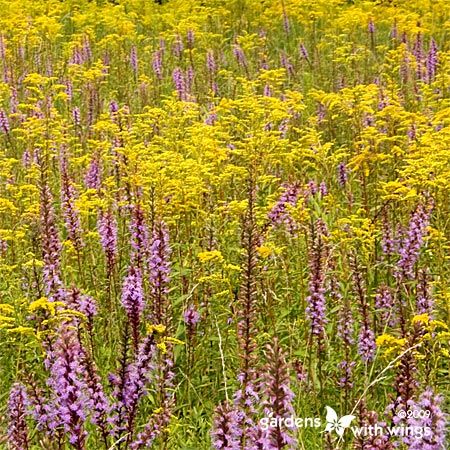by Regina Cutter Edwards – Entomologist
Butterfly gardens are one of the most popular specialty gardens. They are composed of nectar-producing plants and host plants for butterflies to lay eggs. The gardens can be from large fields and prairies to small containers such as flowerpots or window boxes.
The objective of a butterfly garden is to provide food and shelter for butterflies throughout their life cycle. They need a place to rest their wings and bask in the sun, a place to keep them safe from high winds and falling rain, and they need food throughout the year.
Planning your Butterfly Haven
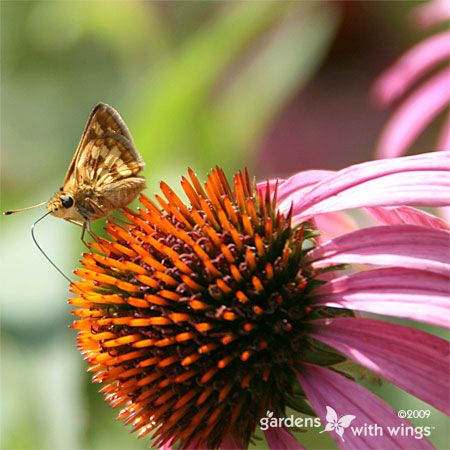
The key to having a successful garden is planning. It is crucial to know the butterflies that are in your area. (The Gardens With Wings website provides this information based on your Zip Code). Knowing your butterflies will determine which plants to add to your garden. The most favorable plants to include in your garden are plant species that are native or naturalized in your area.
Fun in the Sun
The next step to planning your butterfly haven is to find a sunny location. Most butterfly-friendly plants require full sun, at least 6 hours of direct sunlight. A few plants will do fine in part sun, and some butterflies enjoy a little shade, so make sure you plan for these variations.
Four Tips for Selecting Butterfly Flowers
When designing the perfect butterfly setting, it is essential to think about four features: Purpose, Colors, Height, and Blooms.
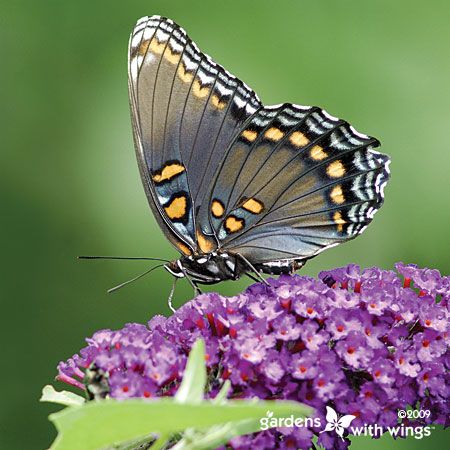
1. Purpose of Flower
The purpose of the plants is either for nectar (food for butterflies) or as a host plant (food for caterpillars). It is important to have both types of plants in the garden. Butterflies are more likely to hang around longer if everything they need is available to them.
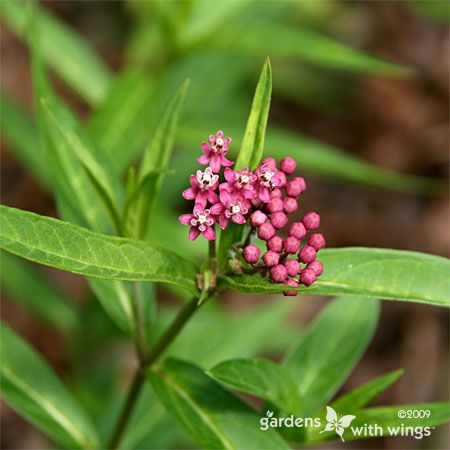
2. Flower Colors
Colors should be planted in groups and not as a single plant. If you cannot have many plants of the same variety, try to keep the same colored plants together. Butterflies are more likely to see a group of yellow flowers than a single yellow bloom mixed in with other colors. But don’t forget the different colors. A colorful garden will attract a wider variety of butterflies.
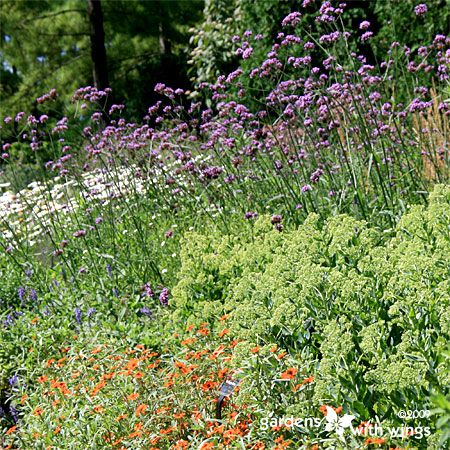
3. Flower Height
The height of plants is essential because, like colors, different heights are attractive to butterflies. Butterflies prefer variety. Plants with different heights are stimulating for butterflies for a few reasons; they are visually pleasing, accommodate the different level feeding behaviors, and provide shelter.
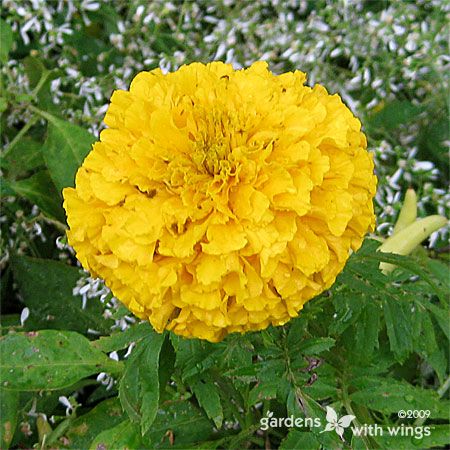
4. Blooms Size and Variety
Blooms are also an important feature in a butterfly garden. When the flower is blooming, nectar is available. Butterflies need large blooms to rest upon while feeding. Some double bloom varieties of flowers, such as Marigolds, are not recommended due to the decreased space available for the butterfly to access nectar if there is any. Some double bloom varieties do not produce any nectar because they are sterile; all their reproductive parts have been genetically altered to produce more petals.
A PVC plastic planter box is an excellent choice for growing sterile double bloom varieties, offering durability and resistance to weathering. These planter boxes provide a clean and versatile option for showcasing your beautiful flowers while ensuring their long-lasting appeal.
Butterflies need nectar throughout the year, not just in the summer. Spring nectar is essential for the early butterflies, and fall nectar is necessary for migrating butterflies. It is best to plan your garden so plants bloom all season long.
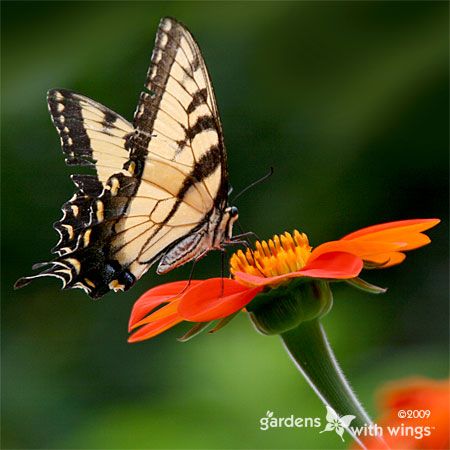
Below is a shortlist of popular nectar plants and their blooming season. These may vary depending on your location.
Gardens Galore
All gardens are different depending on their location. A flower in Florida may not be as successful in Ohio. A flower in your garden may not be as successful as a flower in your neighbor’s garden. It all depends on the soil, the amount of sun, and the care given to the plants. Try experimenting with the many plants available and see who visits and which plants are most popular.
The more butterfly habitats that people can provide to butterflies, the better our environment. People are destroying wildlife habitats to build houses and businesses all over the nation, and the insect and animals are suffering from a lack of food and shelter. By creating safe havens for butterflies, we are not only creating a beautiful place for us to relax, but we are providing food and shelter for butterflies.
References:
International Butterfly Breeders Association. 1998-2009. Butterfly plants for your garden. Accessed 2009 March 9.
